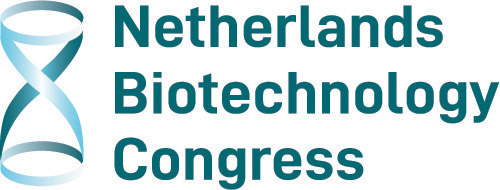The discovery of gene editing techniques such as CRISPR/Cas-9 has caused an increase in developments within the fields of biotechnology and synthetic biology. Expected is that this trend will continue or increase more over the upcoming years and we therefore possibly have to deal with more and unforeseen risks. Current policy falls short in acting upon these possible risks due to its linearity, meaning science informing policy, and policy informing society which hinders iterations (i.e. communication) between these groups of actors. A suggested candidate to overcome this is the concept of Safe-by-Design. This paper explores the extent to which this concept can indeed function as a suitable framework to deal with risks and uncertainties of emerging biotechnologies in practice. More specifically, this paper reflects on findings what the concepts ‘risk’, ‘safety’ and ‘inherent safety’ entail within the field of industrially applied biotechnologies, and how these relate to notions created alongside Safe-by-Design. Literature, interviews with experts from the field of industrially applied biotechnologies, and a stakeholder workshop revealed diverging expectations with regard to ‘safety’ and ‘risks’, and in terms of the trade-off between these notions in practice. In addition, there appears to be indistinctness in terms of responsibility allocation, including an unclear role for society. Who is ‘society’ and to what extent should they be involved in the debate and decision-making process of what is considered safe enough. Conclusively, a recommendation is given that referring to the concept of Safe-by-Design with, for example, Safer-by-Design might temper high expectations regarding risks and safety management and might be more appropriate to be used in practice.
Societal aspects of biotechnology
Safe-by-Design: Perceptions and Expectations of how to deal with Risks of Emerging Biotechnologies
Britte Bouchaut (B.F.H.J.Bouchaut@tudelft.nl) [1], Lotte Asveld [1]
[1] Department of Biotechnology, Delft University of Technology, The Netherlands

